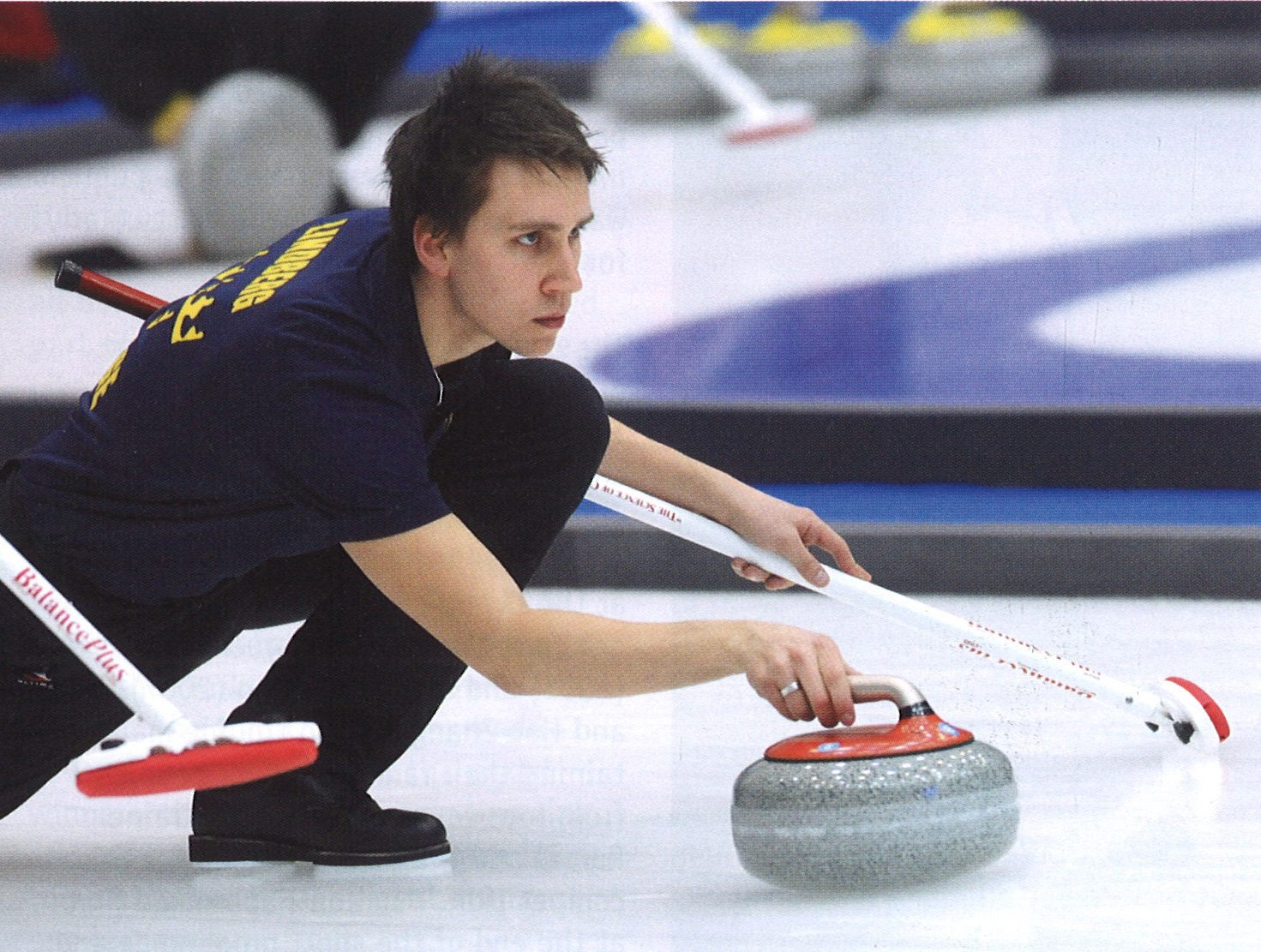Saranac Lake Civic Center will play host to the world’s best university curlers when the Lake Placid 2023 FISU World University Games start on 12 January 2023. However, it may be a painting that highlights the origins of the sport.
Pieter Bruegel the Elder, a Flemish painter in the 16th century, painted ‘Hunters in the Snow’ which seems to depict a game similar to curling being played on the ponds. This painting matches evidence of the game being played in this era in the Low Countries of Belgium, Netherlands, and Luxembourg. Then written in Latin in 1540, a Scottish notary John McQuhin recorded a contest between John Sclater and Gavin Hamilton involving stones being thrown on ice. Even Scottish poet Robert Burns wrote about curling in a pair of 1780s poems called ‘The Vision’ and ‘Tam Samson’s Elegy’.
 Despite its apparent origins elsewhere, Scotland was where the game really grew. Clubs formed around Scotland in the 18th century and into the 19th. The Grand Caledonian Curling Club was founded in 1838 in Edinburgh as the national club and also to become the sport’s world governing body, while the first rules of the game were also developed in Scotland. Even Queen Victoria became so enamoured with curling, after viewing a demonstration, that she granted royal patronage changing the name to the Royal Caledonian Curling Club in 1843.
Despite its apparent origins elsewhere, Scotland was where the game really grew. Clubs formed around Scotland in the 18th century and into the 19th. The Grand Caledonian Curling Club was founded in 1838 in Edinburgh as the national club and also to become the sport’s world governing body, while the first rules of the game were also developed in Scotland. Even Queen Victoria became so enamoured with curling, after viewing a demonstration, that she granted royal patronage changing the name to the Royal Caledonian Curling Club in 1843.
Other nations took up the sport, especially in northern climates to which Scots migrated, such as Canada, the United States, Sweden, Switzerland, Norway, and New Zealand. In Canada the Royal Montreal Curling Club formed in 1807 and claims to be the oldest active athletic club in North America. From those beginnings Canadians strongly embraced the game and saw its national championship, first held in 1927, at the time became the world’s largest curling event.
On the international scene, curling was on the programme at the first Winter Olympic Games held in Chamonix, France in 1924. Though it was held as a demonstration sport 3 times after Chamonix, it was not back on the official Olympic programme until 1998 in Nagano, Japan. The first world championship was held in 1959 when the national champions of Scotland and Canada met.
At the FISU World University Games, curling appeared as a demonstration event in 2003 in Tarvisio, Italy. By 2007, when the FISU Games were also in Italy in Torino, curling was a compulsory sport, and it has been on the competition programme ever since. At the Lake Placid 2023 FISU Games, both the women’s and men’s tournaments will feature 10 teams. Sweden, Korea, Switzerland, United States, Great Britain, Japan, and Canada will have teams compete in both tournaments, while Brazil, Czech Republic, and Norway will have teams in the men’s tournament, and Australia, China, and Spain will play in the women’s event.
The opening draw in both tournaments will be on Friday 13 January with the bronze medal games taking place a week later on 20 January and the finals going on Saturday 21 January. More information on curling at the Lake Placid 2023 FISU World University Games can be found here.
The following references and articles were used in compiling this story:
History of curling – World Curling Federation, World Curling Federation; Curling | History, Rules, & Facts | Britannica, Encyclopædia Britannica, Inc.; The Origins Of Curling – From Medieval Scotland to The Winter Olympics | HistoryExtra, History Extra, Emma Mason





